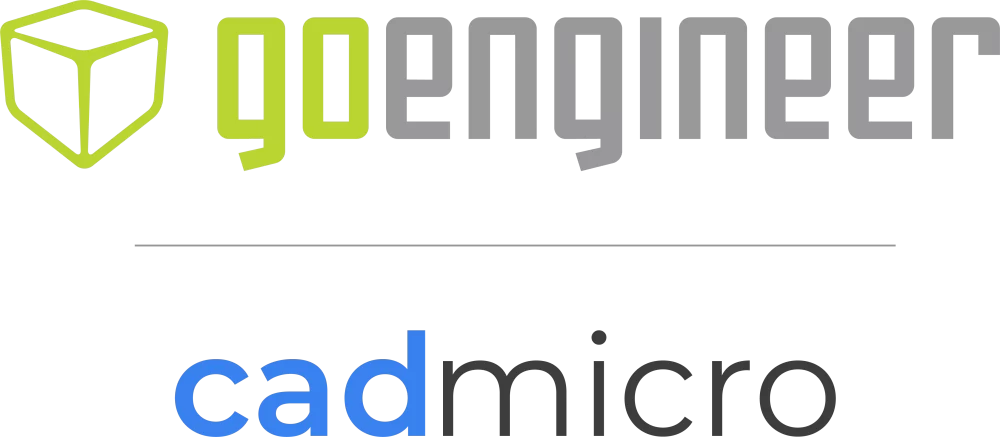Additive manufacturing has proven to be a game-changer in various industries, and the Canadian medical sector is no exception. Among the many 3D printing technologies available, HP Multi Jet Fusion has emerged as a groundbreaking solution that is transforming the way medical professionals approach patient care. Let’s take a look at how HP 3D printers are revolutionizing the Canadian medical industry.
Precision and Customization in Medical Devices
One of the most significant advantages of HP Multi Jet Fusion technology is its unparalleled precision. Medical devices, ranging from orthotics and prosthetics to surgical tools, demand accurate and customized solutions. HP allows for the creation of intricate, patient-specific medical devices with exceptional detail and accuracy, enhancing patient outcomes and reducing the risk of complications.
Orthopedics and Prosthetics
In orthopedics, the use of 3D printed implants and prosthetics has gained remarkable traction. HP 3D printers enable the production of lightweight, durable, and anatomically precise implants tailored to individual patients. This technology is particularly valuable in complex cases, where traditional manufacturing methods fall short. Patients in need of hip or knee replacements, for example, can benefit from implants that perfectly match their unique anatomies, resulting in reduced discomfort and faster recovery times.
Surgical Planning and Education
Medical professionals are leveraging HP additive manufacturing solutions to enhance surgical planning and education. Surgeons can now obtain accurate and tangible 3D models of patients’ anatomies, allowing for meticulous preoperative evaluations. These models enable surgeons to practice complex procedures and anticipate potential challenges, ultimately leading to smoother surgeries and improved patient safety.
Medical institutions are also now utilizing 3D printed anatomical models for educational purposes. Medical students can gain hands-on experience by examining these models, fostering a deeper understanding of human anatomy and surgical procedures. As a result, the next generation of medical professionals is better equipped to provide high-quality care.
Innovations in Medical Research
The Canadian medical research landscape is benefiting immensely from HP Multi Jet Fusion 3D printers. Researchers are employing this technology to develop sophisticated tissue and organ models for drug testing and disease studies. These 3D-printed models replicate the intricacies of human tissues, enabling more accurate assessments of treatment efficacy and potential side effects.
Beyond drug testing, researchers are exploring the possibility of creating functional 3D-printed organs for transplantation. While this field is still in its infancy, the potential to address the organ shortage crisis and save countless lives is tantalizing.
These are just a few of the ways that HP 3D printers are making waves in the Canadian medical industry, redefining the way healthcare professionals approach patient care, surgical planning, and medical research. The precision, customization, and innovation offered by this technology are propelling the medical sector into a new era of possibilities. As advancements continue to unfold, the collaboration between HP and the Canadian medical industry is set to yield even more remarkable breakthroughs that improve patient outcomes and transform healthcare as we know it.
Looking for more information for how technology is changing healthcare? Click here or contact us for more information.


